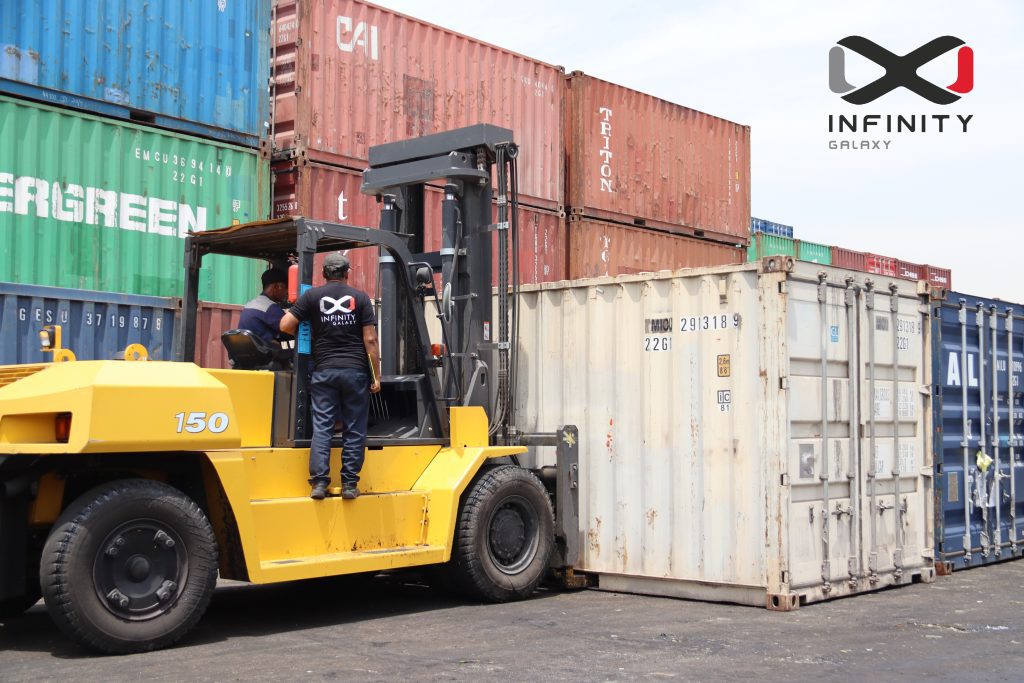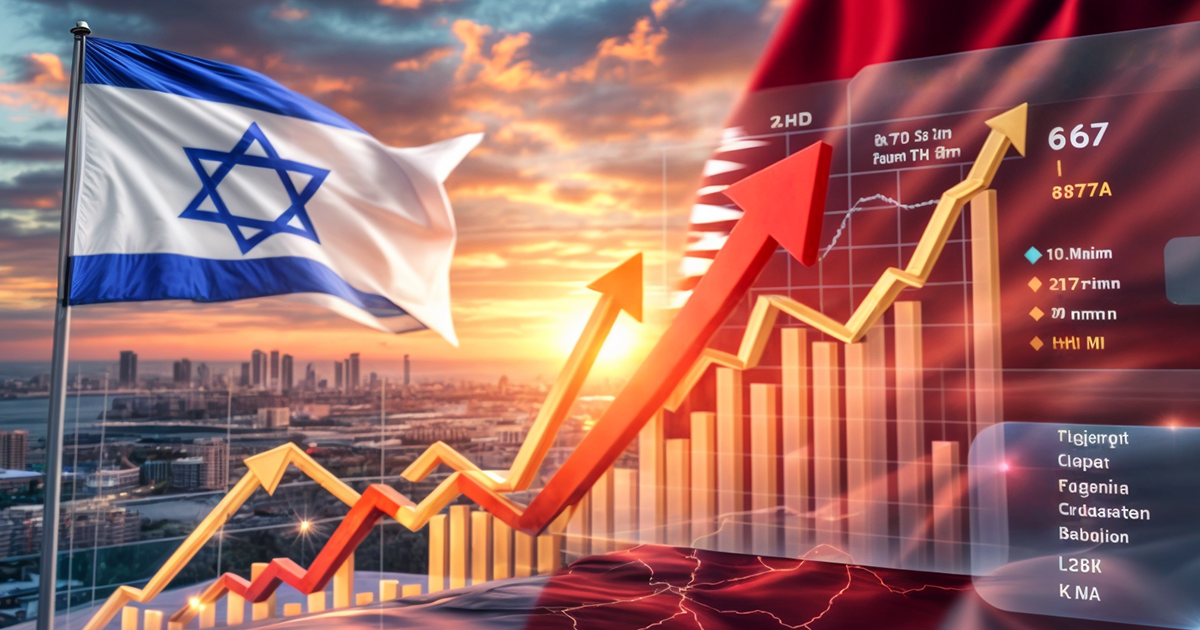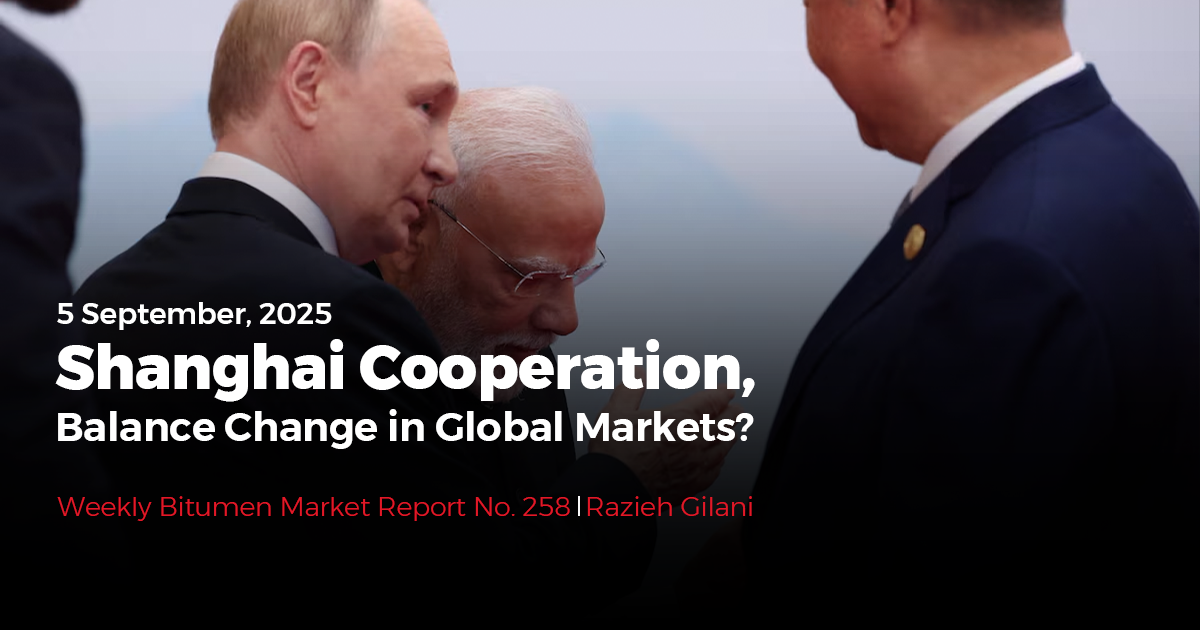Oil in the Middle of Demand Uncertainty and Supply Risk, World in the 80th Session of the United Nations General Assembly

The Political and Economic Developments of the Week:
The Eightieth General Assembly: From Trump’s Controversial Speech to Nuclear and Regional Conflicts
At the Eightieth General Assembly of the United Nations, Donald Trump called climate change the “greatest hoax in history,” blamed Europe for its immigration policies and green energy initiatives, and warned that countries are “on the way to hell.” He also stated that Ukraine is capable of reclaiming all occupied territories. Meanwhile, Zelensky emphasized the urgent need to contain Russia, and Eastern European leaders called for collective action. Ahmed al-Sharaa condemned Israeli attacks and demanded the lifting of sanctions as the first president of Syria after Assad. Masoud Pezeshkian stated that Iran has never sought nuclear weapons, accused Europe of attempting to reinstate sanctions “at the behest of the U.S.,” and described U.S. and Israeli attacks on Iran as “a betrayal of diplomacy.”
Crude and Fuel Oil Markets in East Asia:
A Quiet Decline Amid Weak Demand
This week, the oil market fluctuated between supply risks and concerns about demand. An unexpected drop in U.S. crude oil inventories pushed Brent prices to a seven-week high, but the next day, profit-taking by traders and doubts about global demand caused prices to retreat to $69.05. At the same time, an initial agreement between Baghdad and Erbil to resume exports from the Kurdistan region raised concerns about new supply entering the market, while U.S. data reported a slight decline in production in some states. Overall, the market remained in a fragile balance between upward and downward factors.
On Thursday, Brent crude prices reached around $68.20, while Singapore’s 180CST prices increased significantly and hit $413, and bitumen prices in South Korea and Singapore dropped and reached $409 and $400, respectively.
Bitumen Market in Bahrain and Europe:
A Slow Decline, Yet Signs of Recovery
Bitumen prices in Bahrain remained stable at $400, as in previous weeks, while European bitumen prices decreased to a range of $370 to $410. Northwest Europe is now showing signs of stability after a price correction at the beginning of September.
India Bitumen Market:
Monsoon Continues to Be the Main Obstacle
Like last week, seasonal rains remained the main obstacle for bitumen demand in India. Construction activity remained low, and buyers are waiting for further time. Unlike some markets that are gradually emerging from summer holidays, India is still in a recession phase with no change recorded from the previous week.
China Market:
Weak Demand in the East, Pressure on Prices
This week, prices on the eastern coast of China fell by about $10 per ton, contrasting with last week’s relative stability. Heavy rainfall and weather conditions continued to hinder bitumen consumption in projects. Southern China showed some demand but could not compensate for the decline in the east.
Market Analysis of Iran:
Additional Pressure from Currency Rates and Supply
In Iran, concerns about the return of sanctions next week and the depreciation of the rial against the dollar, alongside rising VB prices in Iran and relative market stagnation, resulted in an unclear market direction that only maintained resistance within previous ranges. Production conditions in Iran remain fragile, with the market waiting for new signs of price improvement.
Insight by Razieh Gilani from Infinity Galaxy
In this context, Infinity Galaxy plays a key role in maintaining export flow and creating competitive advantages for its customers by focusing on precise monitoring of Asian and African markets and managing exports; this combination of real-time analysis and flexible supply chain enables this brand to be recognized as a sustainable supplier even during one of the most challenging market periods
The global bitumen market remains in a steady downward phase as of mid-September 2025; Europe has stabilized after an early-month drop, but East Asia and China continue to face pressure due to weak demand and weather conditions. Meanwhile, the Iranian market has become more fragile due to concerns over the return of sanctions and fluctuations in VB rates.






